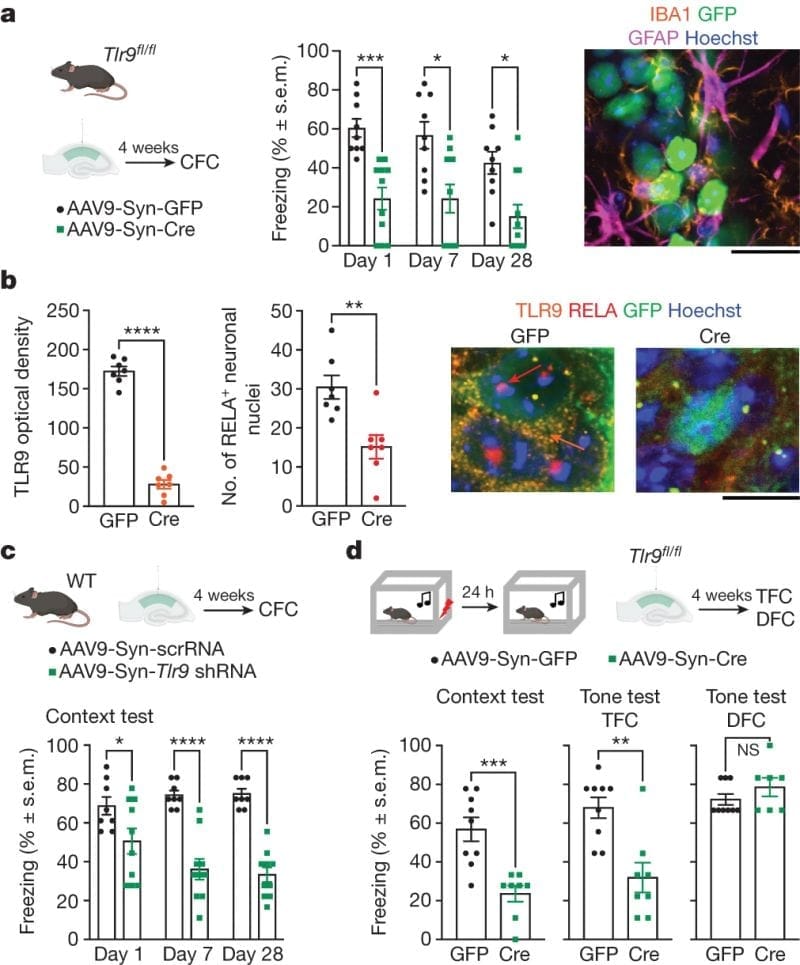Sometimes you gotta break a couple DNA strands to make a memory
Or at least that's what recent research into memory formation in mice suggests!

Or at least that's what recent research into memory formation in mice suggests!
The brain is the most complex organ in the body and so it shouldn't come as a surprise that memory formation is also extremely complicated!
There are three major types of memory:
Sensory - Memory perceived after viewing (Iconic), touching (haptic) or hearing (ehoic) something. This memory fades after a few hundred milliseconds.
Short-Term - Memory that lasts a few seconds to minutes, but has a limited capacity, and most people can only remember 4-5 items stored in short-term memory.
Long-Term - Memory that can store large amounts of information for long periods of time.
How these different types of memory work has been a hot topic of debate since the early 1900’s.
But sensory and short-term memory are believed to be the result of short lived connections between neurons in the frontal lobe.
Conversely, long-term memory is formed from permanent connections between neurons throughout the brain and, just in the last decade, we have begun to understand how this happens on the molecular level.
It's been linked to changes in DNA methylation and gene expression and this link was discovered by comparing the brains of rodents before and after the formation of a long-term memory.
But, how does one go about creating long-term memories in rodents?
By changing their environment and then shocking them.
This is called ‘contextual fear conditioning’ (CFC) and the hallmark of CFC is the freeze response.
Not surprisingly, after a traumatic experience, rodents store this information in their long-term memory and freeze when placed in that situation again.
The authors of today's paper used CFC to study the molecular changes that happen in neurons before, immediately after and a couple months after conditioning.
What they saw was that memory forming CA1 neurons ramped up expression of immune response genes but most notably TLR9 and the NF-κB signalling pathway.
TLR9 detects the presence of double stranded DNA, usually as a defense against bacterial infection, but the authors hypothesized that causing DNA breaks was important in the formation of long-term memories.
To test this they created mice where they could selectively turn off TLR9 expression.
The figure below shows the results of this experiment: a,c) treated (green), but not control (black), show a reduced freeze response. b) TLR9 and its signaling partner RELA are significantly reduced after treatment.
In another experiment, DNA breaks were also shown to increase after CFC.
These results indicate that TLR9 and DNA breaks play a role in memory formation and could be an important therapeutic target in neurodegenerative diseases.
